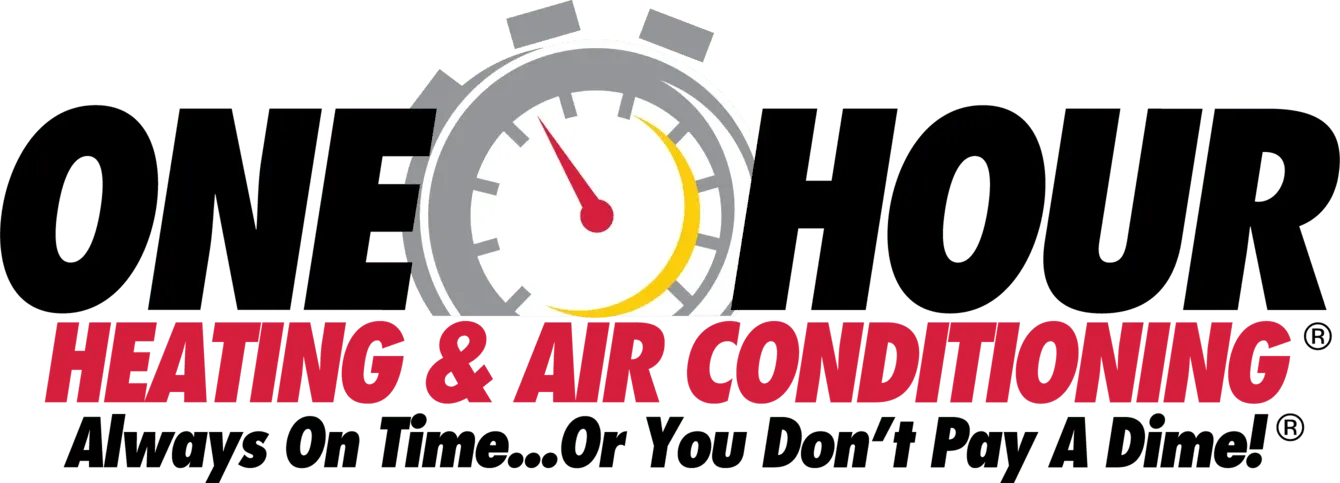Common Myths About Energy-Efficient HVAC Systems Debunked
Energy inefficiency is a major source of waste in an HVAC system. In a residential setting, the HVAC system can account for up to 40% of a home's energy use. That means choosing an energy-efficient HVAC system can make a significant difference in your utility bills and overall comfort.
Unfortunately, many homeowners avoid upgrading due to common myths and misconceptions. Learning the truth behind these seven myths could help you save money and make smarter HVAC choices. Here's what you need to know.
Myth #1: Efficient HVACs Don't Heat or Cool as Well as Traditional Systems
Homeowners often assume that choosing an energy-efficient HVAC system means sacrificing comfort. In reality, today’s high-efficiency HVACs heat and cool just as effectively as standard systems, and in many cases, they provide better comfort.
High-efficiency systems often use variable-speed compressors and blowers that deliver more consistent temperatures. Instead of cycling on and off like traditional systems, they operate at lower speeds for longer periods, which reduces temperature swings and improves humidity control.
While energy-efficient HVAC systems may cost more upfront, the long-term savings on energy bills can offset the higher initial cost. In many areas, federal tax credits and utility rebates can also reduce the upfront expense.
Myth #2: Setting the Thermostat to Extremes Heats or Cools Faster
Many people believe that adjusting the thermostat up in summer or down in winter will make their home heat or cool more quickly. But thermostats are not accelerators. Setting extreme temperatures simply causes the system to run longer, not faster.
With smart thermostats, this myth is even more outdated. These systems are designed to manage comfort efficiently, adjusting system output to maintain steady temperatures. Overriding the settings won't improve performance and can strain components, especially in traditional systems. In some cases, setting the temperature too low can even cause issues like frozen coils.
Myth #3: Closing Vents Improves Efficiency
It may seem logical to close vents in unused rooms to save energy, but doing so can reduce system efficiency and lead to long-term problems. Closed vents increase pressure in the ductwork, which can strain your HVAC system and lead to air leaks or blower motor issues.
A better solution is to install a zoned HVAC system. These systems allow you to control the temperature in specific areas of your home without blocking airflow. When paired with a smart thermostat, zoned systems offer targeted comfort and improved efficiency.
Myth #4: Turning Off the HVAC When You're Away Saves Energy
While turning your HVAC system off completely when you leave the house may seem like a good idea, it can have unintended consequences. If temperatures outside are extreme, the system will have to work harder to return to a comfortable level when you get back. This can lead to higher energy use and added wear on system components.
Instead, use a programmable or smart thermostat to adjust the temperature a few degrees while you're away. This reduces energy consumption without sacrificing comfort. Many smart systems also offer geofencing, which automatically resets the temperature before you arrive home.
Myth #5: Ceiling Fans Are Better Than HVAC Systems for Efficiency
Ceiling fans can help circulate air and make you feel cooler or warmer depending on the season, but they do not change the actual temperature of a room. They are useful as a supplement to your HVAC system, not a replacement.
When used properly, fans can allow you to raise your thermostat setting in summer by a few degrees without reducing comfort, which can help save energy. Just remember to turn fans off when you leave the room, since they only provide comfort when people are present.
Myth #6: A Programmable Thermostat Is All You Need
Programmable and smart thermostats are excellent tools for improving energy efficiency. They allow you to set schedules based on your daily routine, and many models can learn your behavior and adjust settings automatically.
However, a smart thermostat works best when combined with other efficiency upgrades, such as a high-efficiency HVAC system, proper insulation, and a well-sealed duct system. While thermostats can deliver impressive savings, they are most effective as part of a comprehensive energy-efficiency strategy.
Myth #7: ENERGY STAR Is All You Need to Look For
ENERGY STAR certification is a great starting point when evaluating HVAC systems, but it is not the only metric to consider. The Seasonal Energy Efficiency Ratio (SEER) or the newer SEER2 rating provides a more detailed view of a system’s performance.
As of 2023, air conditioners sold in the northern U.S. must have a SEER2 rating of at least 13.4, and higher ratings indicate better energy performance. Top-tier models can reach SEER ratings of 20 to 25 or more. Looking beyond the ENERGY STAR label can help you choose a system that delivers the greatest savings and comfort for your home.
HVAC Experts Serving Toms River, NJ
At One Hour Heating & Air Conditioning®, we proudly serve homeowners in Toms River, NJ with expert heating and cooling services. Whether you need a new high-efficiency HVAC system, a smart thermostat installation, or a professional system evaluation, our team is here to help.
We offer 100 percent satisfaction guarantees and personalized service that puts your comfort and energy savings first. Contact One Hour Heating & Air Conditioning® today to learn how you can upgrade to an energy-efficient system and start saving year-round.















